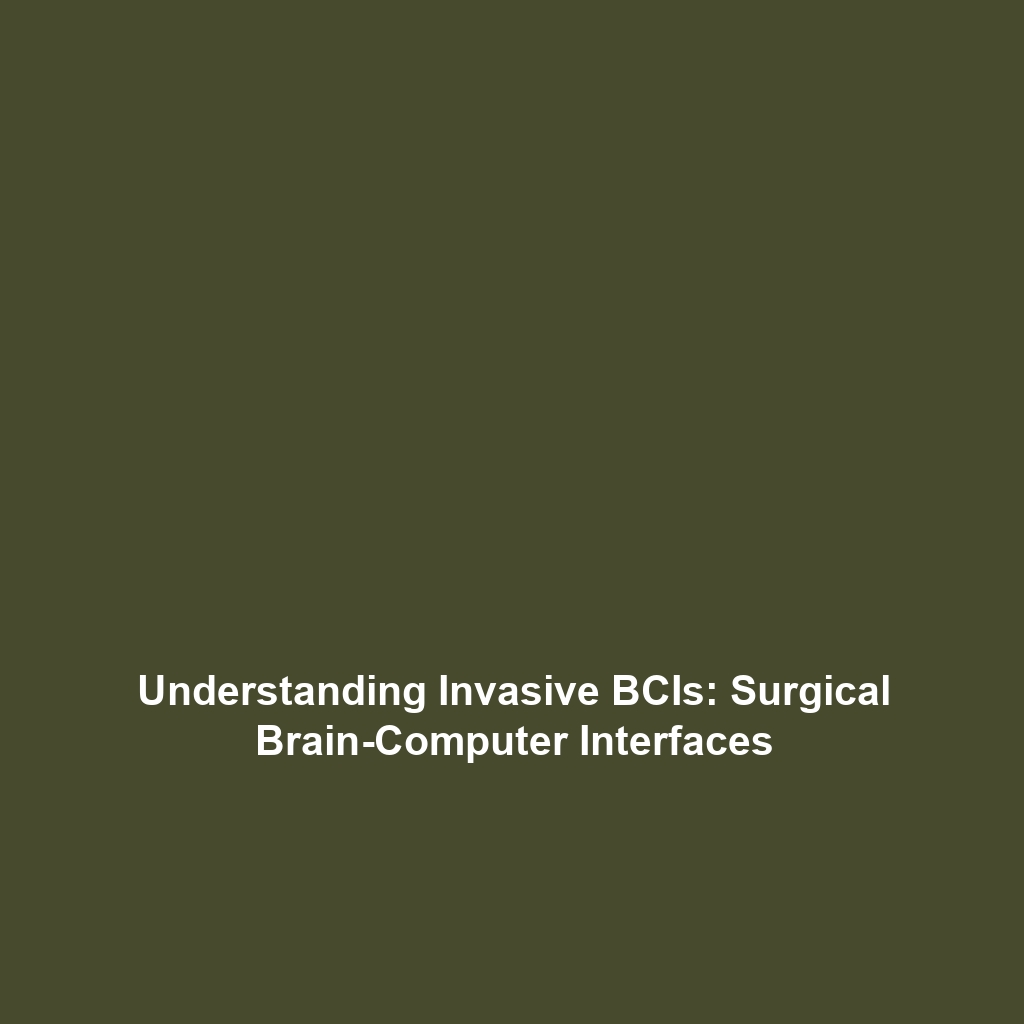Brain Preservation: Ensuring Revival Without Loss of Personal Identity
Introduction
Brain preservation is a revolutionary concept in the fields of Cryonics and Life Extension. The ability to maintain the structural integrity of the brain is critical for preserving personal identity, making it a focal point for researchers and enthusiasts alike. As advancements in technology and understanding of the human brain evolve, the significance of maintaining the brain’s structural information becomes paramount. This article will delve into the critical aspects of brain preservation, exploring its implications for the future of human revival and identity retention.
Key Concepts
The process of brain preservation focuses on two essential principles: structural integrity and informational continuity. Here are some key concepts:
- Structural Integrity: Maintaining the complex architecture of neuronal connections is crucial for the revival process.
- Informational Continuity: The preserved brain must retain memories, thoughts, and personality traits that define personal identity.
- Cryoprotectants: Chemicals used to prevent ice crystal formation during freezing, which can damage brain tissue.
- Vitrification: A process that turns biological tissues into a glass-like state, minimizing damage during preservation.
Applications and Real-World Uses
The applications of brain preservation in Cryonics and Life Extension are vast:
- Research and Development: Ongoing studies on effective cryoprotectants and vitrification methods that could enhance preservation capabilities.
- Transplantology: Enhanced understanding of brain preservation may improve techniques used in organ transplantation.
- Neuroscience: Exploring the origins of memory and identity through preserved brain models can further inform neurological studies.
These applications demonstrate how brain preservation is pivotal in extending human life and ensuring identity throughout the process.
Current Challenges
Despite significant advancements, several challenges impede the development of effective brain preservation techniques:
- Technical Limitations: Current preservation methods may not fully prevent neuronal damage.
- Ethical Dilemmas: The implications of reviving a preserved brain raise questions about identity and consent.
- Public Perception: Skepticism regarding feasibility and the morality of cryonics and brain preservation technologies.
Future Research and Innovations
Looking ahead, several exciting innovations are on the horizon for brain preservation within Cryonics and Life Extension:
- Advanced Vitrification Techniques: Research into new compounds that could enhance the vitrification process.
- Nanotechnology: Potential use of nanobots to repair cellular damage during the preservation phase.
- Neuroprocessing: Development of methods to decode and preserve memories and consciousness more effectively.
These innovations may revolutionize the future of brain preservation, opening doors to unprecedented possibilities in revival.
Conclusion
In summary, brain preservation plays a critical role in ensuring the structural integrity of the brain, which is essential for maintaining personal identity during potential revival. As research continues to advance, the prospect of utilizing brain preservation techniques in Cryonics and Life Extension becomes increasingly plausible. For those interested in this groundbreaking field, further exploration and engagement in ongoing research can contribute to the future of human identity and life extension.
For more information, visit our articles on Cryonics Overview and Life Extension Science.


